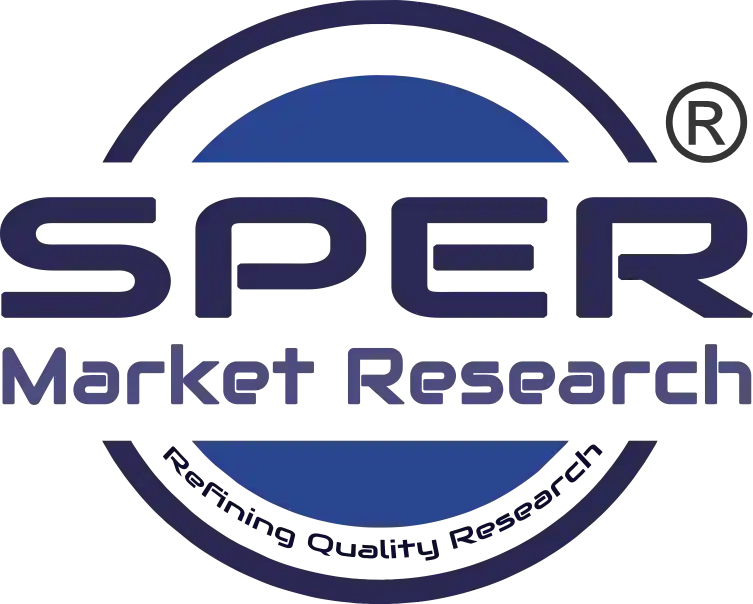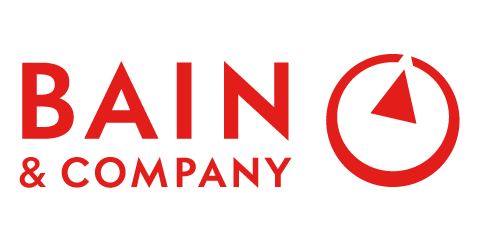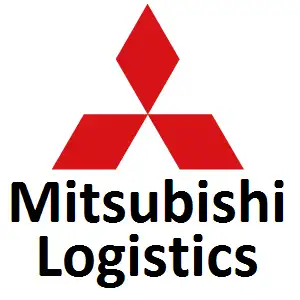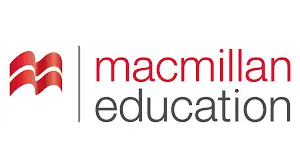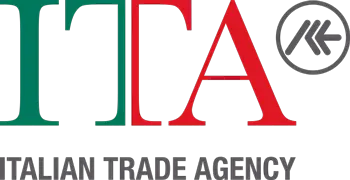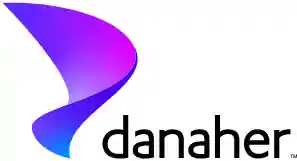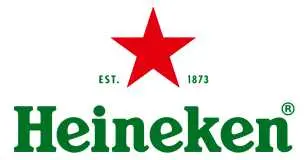
Food Texture Market Size, Growth Trends, Revenue and Forecast 2034
Global Food Texture Market Growth, Size, Trends Analysis - By Product Type, By Application, By Source - Regional Outlook, Competitive Strategies and Segment Forecast to 2034
| Published: Jun-2025 | Report ID: FOOD2577 | Pages: 1 - 240 | Formats*: |
| Category : Food & Beverages | |||
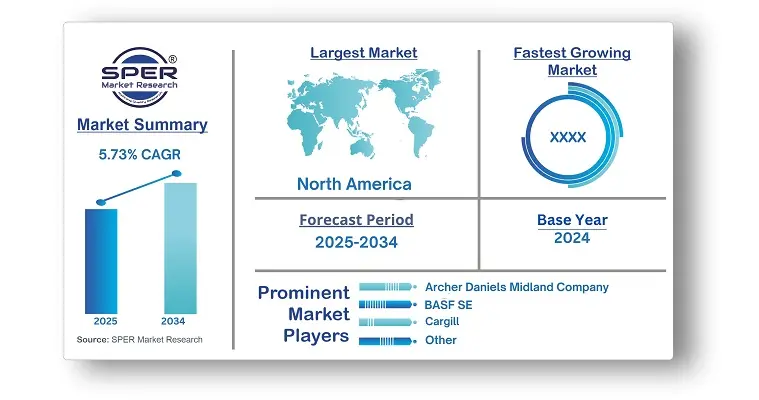
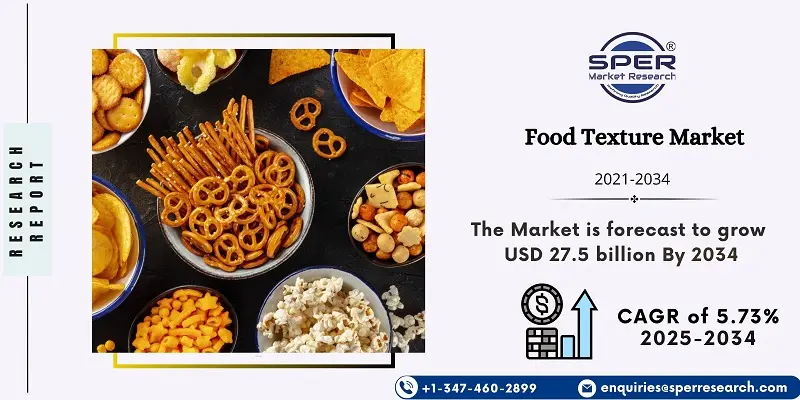
- In order to expand their distribution of ingredients, Tate & Lyle announced in September 2023 that they would be partnering with IMCD in Finland and the Baltic region. This deal will let Tate & Lyle to increase its market share by bringing their food textures to Finland and the Baltic region.
- In January 2023, ADM acquired Kansas Protein Foods, which reinforced its position in the food texture industry. This strategic decision increases flexibility and capacity for unflavoured textured soy protein, flavoured alternatives, and non-GMO proteins.
| Report Metric | Details |
| Market size available for years | 2021-2034 |
| Base year considered | 2024 |
| Forecast period | 2025-2034 |
| Segments covered | By Product Type, By Application, By Source |
| Regions covered | North America, Latin America, Asia-Pacific, Europe, and Middle East & Africa |
| Companies Covered | Archer Daniels Midland Company, Ashland Global Holdings Inc, BASF SE, Cargill, Incorporated, CP Kelco, DowDuPont Inc, FMC Corporation, Givaudan SA, Ingredion Incorporated, International Flavors & Fragrances Inc, Kerry Group plc, Koninklijke DSM N.V. |
- Global Food Texture Market Size (FY’2021-FY’2034)
- Overview of Global Food Texture Market
- Segmentation of Global Food Texture Market By Product Type (Organic, Hydrocolloids, Emulsifiers, Starches, Proteins)
- Segmentation of Global Food Texture Market By Application (Bakery & Confectionery, Dairy & Frozen Desserts, Beverages, Snacks & Convenience Foods, Meat, Poultry & Seafood)
- Segmentation of Global Food Texture Market By Source (Plant-based, Animal-based, Microbial)
- Statistical Snap of Global Food Texture Market
- Expansion Analysis of Global Food Texture Market
- Problems and Obstacles in Global Food Texture Market
- Competitive Landscape in the Global Food Texture Market
- Details on Current Investment in Global Food Texture Market
- Competitive Analysis of Global Food Texture Market
- Prominent Players in the Global Food Texture Market
- SWOT Analysis of Global Food Texture Market
- Global Food Texture Market Future Outlook and Projections (FY’2025-FY’2034)
- Recommendations from Analyst
- 1.1. Scope of the report
- 1.2. Market segment analysis
- 2.1. Research data source
- 2.1.1. Secondary Data
- 2.1.2. Primary Data
- 2.1.3. SPERs internal database
- 2.1.4. Premium insight from KOLs
- 2.2. Market size estimation
- 2.2.1. Top-down and Bottom-up approach
- 2.3. Data triangulation
- 4.1.Driver, Restraint, Opportunity and Challenges analysis
- 4.1.1.Drivers
- 4.1.2.Restraints
- 4.1.3.Opportunities
- 4.1.4.Challenges
- 5.1. SWOT Analysis
- 5.1.1. Strengths
- 5.1.2. Weaknesses
- 5.1.3. Opportunities
- 5.1.4. Threats
- 5.2. PESTEL Analysis
- 5.2.1. Political Landscape
- 5.2.2. Economic Landscape
- 5.2.3. Social Landscape
- 5.2.4. Technological Landscape
- 5.2.5. Environmental Landscape
- 5.2.6. Legal Landscape
- 5.3. PORTERs Five Forces
- 5.3.1. Bargaining power of suppliers
- 5.3.2. Bargaining power of buyers
- 5.3.3. Threat of Substitute
- 5.3.4. Threat of new entrant
- 5.3.5. Competitive rivalry
- 5.4. Heat Map Analysis
- 6.1. Global Food Texture Market Manufacturing Base Distribution, Sales Area, Product Type
- 6.2. Mergers & Acquisitions, Partnerships, Product Launch, and Collaboration in Global Food Texture Market
- 7.1. Organic
- 7.2. Hydrocolloids
- 7.3. Emulsifiers
- 7.4. Starches
- 7.5. Proteins
- 7.6. Other Functional Ingredients
- 8.1. Bakery & Confectionery
- 8.2. Dairy & Frozen Desserts
- 8.3. Beverages
- 8.4. Snacks & Convenience Foods
- 8.5. Meat, Poultry & Seafood
- 8.6. Others
- 9.1. Plant-based
- 9.2. Animal-based
- 9.3. Microbial
- 10.1. Global Food Texture Market Size and Market Share
- 11.1. Asia-Pacific
- 11.1.1. Australia
- 11.1.2. China
- 11.1.3. India
- 11.1.4. Japan
- 11.1.5. South Korea
- 11.1.6. Rest of Asia-Pacific
- 11.2. Europe
- 11.2.1. France
- 11.2.2. Germany
- 11.2.3. Italy
- 11.2.4. Spain
- 11.2.5. United Kingdom
- 11.2.6. Rest of Europe
- 11.3. Middle East and Africa
- 11.3.1. Kingdom of Saudi Arabia
- 11.3.2. United Arab Emirates
- 11.3.3. Qatar
- 11.3.4. South Africa
- 11.3.5. Egypt
- 11.3.6. Morocco
- 11.3.7. Nigeria
- 11.3.8. Rest of Middle-East and Africa
- 11.4. North America
- 11.4.1. Canada
- 11.4.2. Mexico
- 11.4.3. United States
- 11.5. Latin America
- 11.5.1. Argentina
- 11.5.2. Brazil
- 11.5.3. Rest of Latin America
- 12.1. Archer Daniels Midland Company
- 12.1.1. Company details
- 12.1.2. Financial outlook
- 12.1.3. Product summary
- 12.1.4. Recent developments
- 12.2. Ashland Global Holdings Inc
- 12.2.1. Company details
- 12.2.2. Financial outlook
- 12.2.3. Product summary
- 12.2.4. Recent developments
- 12.3. BASF SE
- 12.3.1. Company details
- 12.3.2. Financial outlook
- 12.3.3. Product summary
- 12.3.4. Recent developments
- 12.4. Cargill, Incorporated
- 12.4.1. Company details
- 12.4.2. Financial outlook
- 12.4.3. Product summary
- 12.4.4. Recent developments
- 12.5. CP Kelco
- 12.5.1. Company details
- 12.5.2. Financial outlook
- 12.5.3. Product summary
- 12.5.4. Recent developments
- 12.6. DowDuPont Inc
- 12.6.1. Company details
- 12.6.2. Financial outlook
- 12.6.3. Product summary
- 12.6.4. Recent developments
- 12.7. FMC Corporation
- 12.7.1. Company details
- 12.7.2. Financial outlook
- 12.7.3. Product summary
- 12.7.4. Recent developments
- 12.8. Givaudan SA
- 12.8.1. Company details
- 12.8.2. Financial outlook
- 12.8.3. Product summary
- 12.8.4. Recent developments
- 12.9. Ingredion Incorporated
- 12.9.1. Company details
- 12.9.2. Financial outlook
- 12.9.3. Product summary
- 12.9.4. Recent developments
- 12.10. International Flavors & Fragrances Inc
- 12.10.1. Company details
- 12.10.2. Financial outlook
- 12.10.3. Product summary
- 12.10.4. Recent developments
- 12.11. Kerry Group plc
- 12.11.1. Company details
- 12.11.2. Financial outlook
- 12.11.3. Product summary
- 12.11.4. Recent developments
- 12.12. Koninklijke DSM N.V
- 12.12.1. Company details
- 12.12.2. Financial outlook
- 12.12.3. Product summary
- 12.12.4. Recent developments
- 12.13. Others
SPER Market Research’s methodology uses great emphasis on primary research to ensure that the market intelligence insights are up to date, reliable and accurate. Primary interviews are done with players involved in each phase of a supply chain to analyze the market forecasting. The secondary research method is used to help you fully understand how the future markets and the spending patterns look likes.
The report is based on in-depth qualitative and quantitative analysis of the Product Market. The quantitative analysis involves the application of various projection and sampling techniques. The qualitative analysis involves primary interviews, surveys, and vendor briefings. The data gathered as a result of these processes are validated through experts opinion. Our research methodology entails an ideal mixture of primary and secondary initiatives.
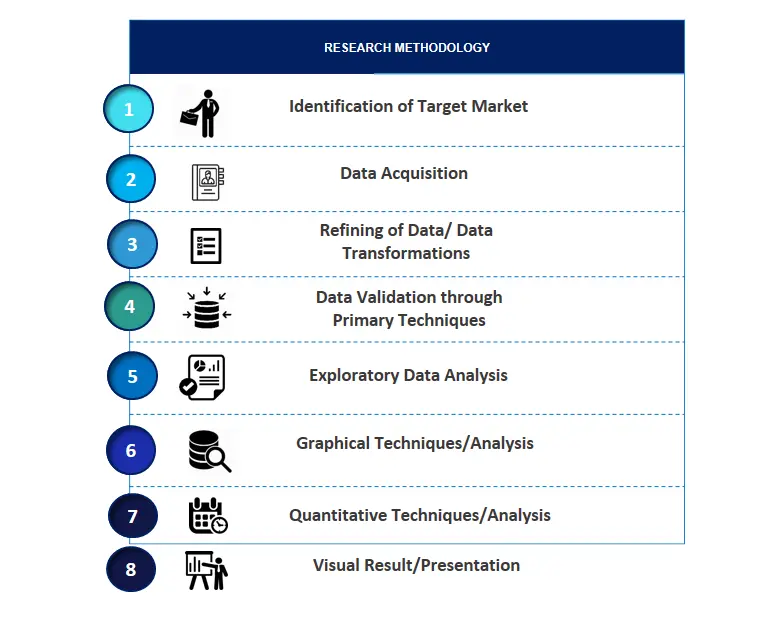
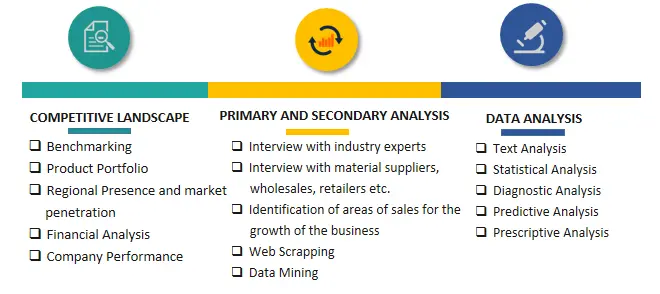

Frequently Asked Questions About This Report
PLACE AN ORDER
Year End Discount
Sample Report
Pre-Purchase Inquiry
NEED CUSTOMIZATION?
Request CustomizationCALL OR EMAIL US
100% Secure Payment
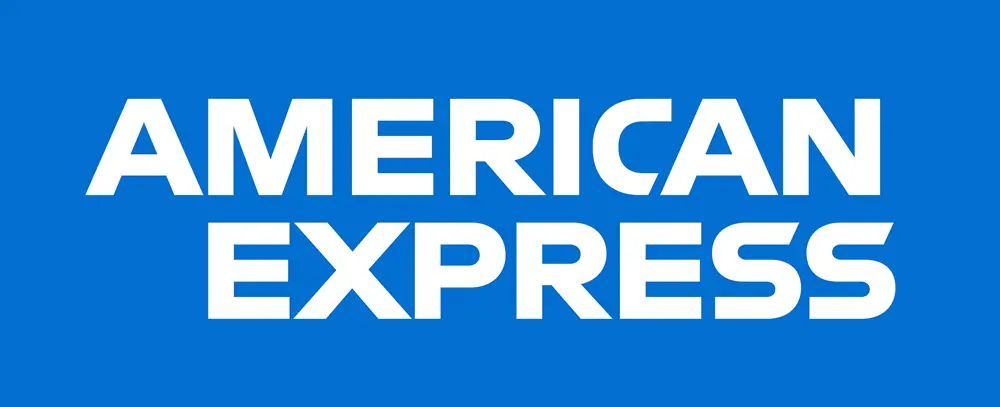
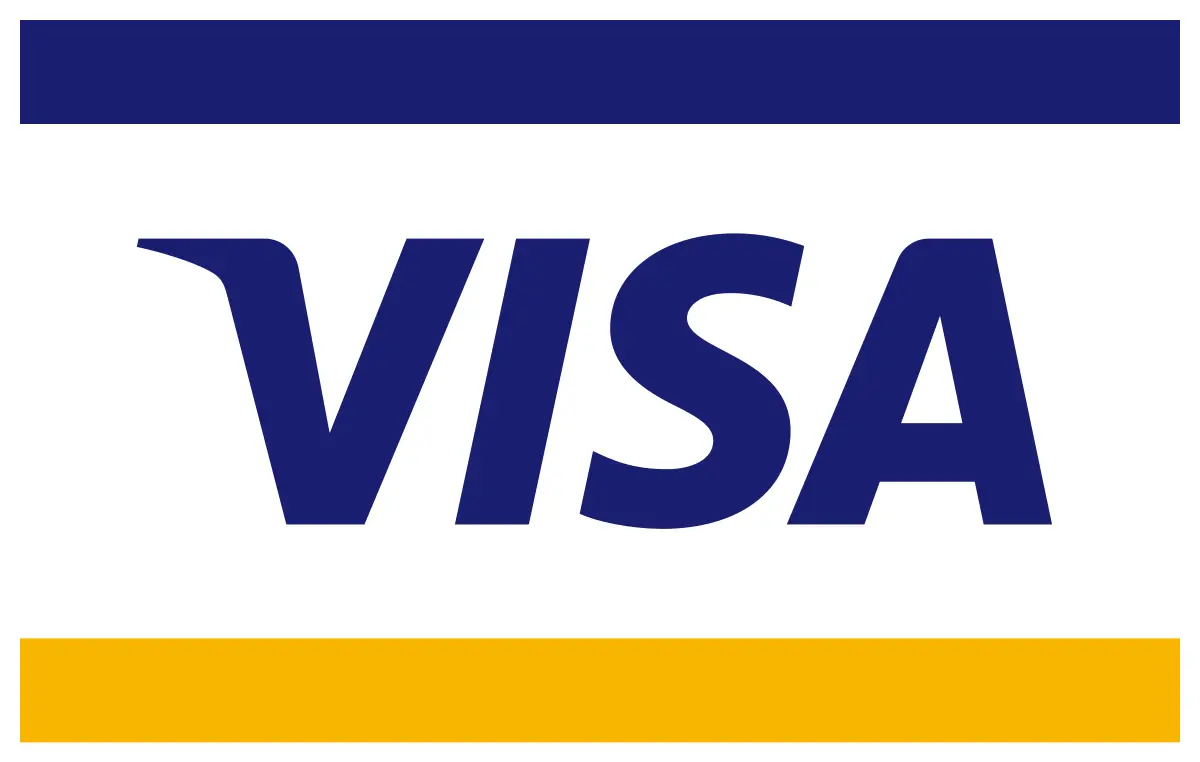
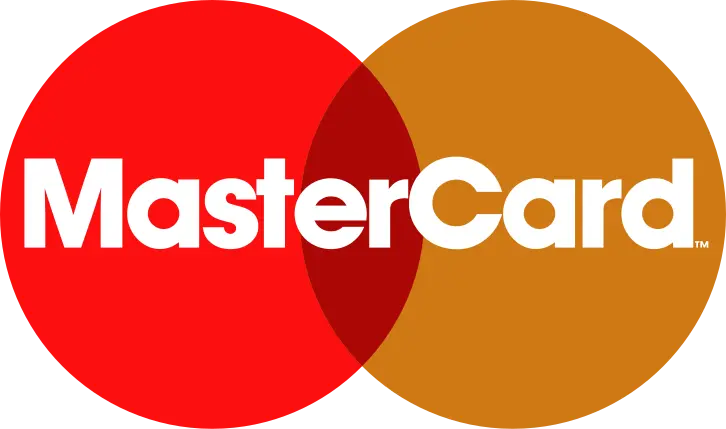



Related Reports
Our Global Clients
Our data-driven insights have influenced the strategy of 200+ reputed companies across the globe.
